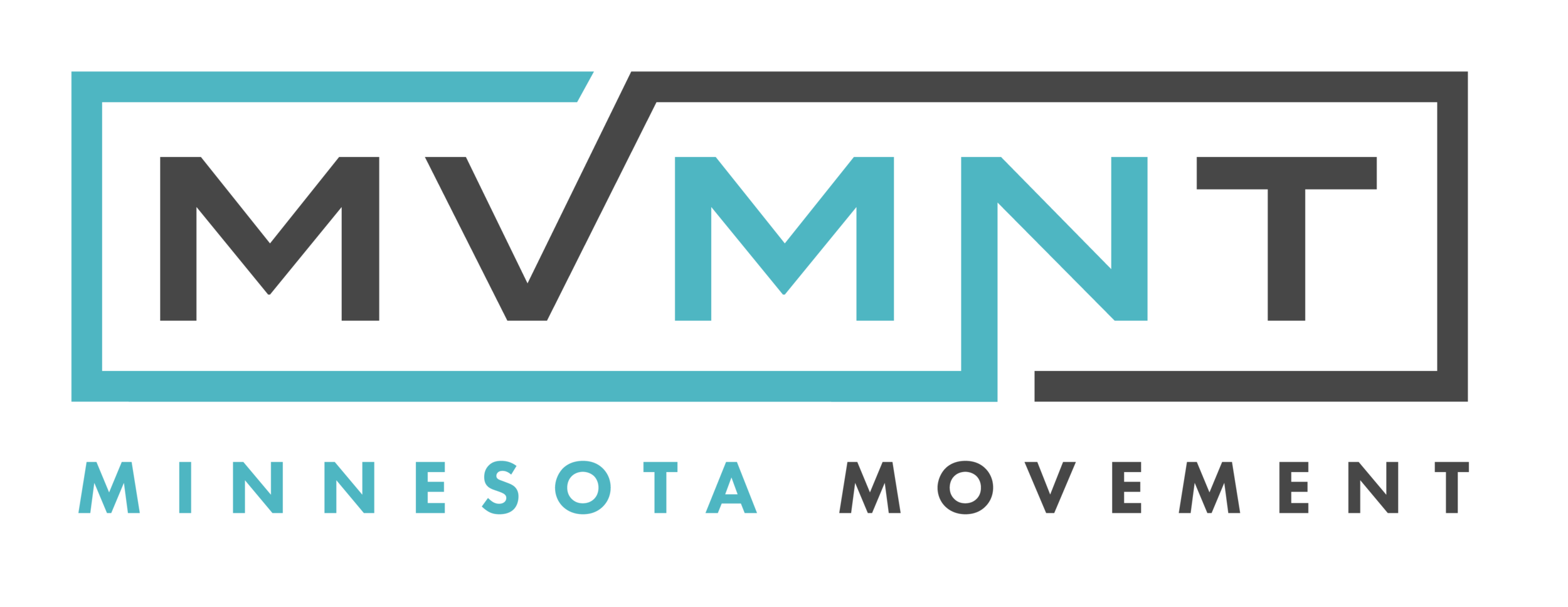Chiropractic Care for TOS - Thoracic Outlet Syndrome
Causes of Thoracic Outlet Syndrome:
Anatomical Defects such as an extra rib
Poor Posture
Traumatic Swelling or Lymphedema
Pectoralis Strain/Sprain or Overuse
Hypertonic Scalene Muscles which pull the First Rib into the Collar Bone
Symptoms of Thoracic Outlet Syndrome:
Neurogenic (neurological) thoracic outlet syndrome. This form of thoracic outlet syndrome is characterized by compression of the brachial plexus. The brachial plexus is a network of nerves that come from your spinal cord and control muscle movements and sensation in your shoulder, arm and hand. In the majority of thoracic outlet syndrome cases, the symptoms are neurogenic.
Vascular thoracic outlet syndrome. This type of thoracic outlet syndrome occurs when one or more of the veins (venous thoracic outlet syndrome) or arteries (arterial thoracic outlet syndrome) under the collarbone (clavicle) are compressed.
Nonspecific-type thoracic outlet syndrome. This type is also called disputed thoracic outlet syndrome. This type is generally thought of as more ‘chronic’ pain or psycho-somatic referral pain. This pain is very real to the patient and must be considered. Generally, there is an element of postural correction needed with this type of TOS
Thoracic Outlet Syndrome is commonly mis-diagnosed as a ‘pinched nerve” or Carpal Tunnel Syndrome because a lot of the signs and symptoms are very similar. However, TOS varies greatly from the two aforementioned conditions. Your thoracic outlet is a small bundle of nerves, veins, and arteries that leave your neck and travel all the way down to your fingers - dispersing blood and nerves along the way. When this bundle becomes compromised, you get signs and symptoms such as numbness, tingling, decreased blood flow, discoloration, and weakness.
Non-Surgical Chiropractic Treatment for Thoracic Outlet Syndrome:
Breathing Exercises to decrease tone of Scalene Muscles
Postural Correction Exercises
Chiropractic Adjustments to Lower Cervical Spine as well as Upper Thoracic Spine (C/T Junction)
Manual Manipulation to 1st Rib
Manual Muscle Therapy / Active Release Technique
RockTape Kinesiology Tape for Postural Manipulation
Self Myofascial Release Tips/Tricks




